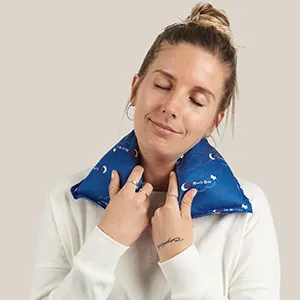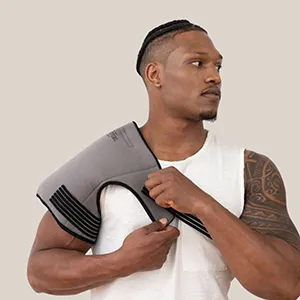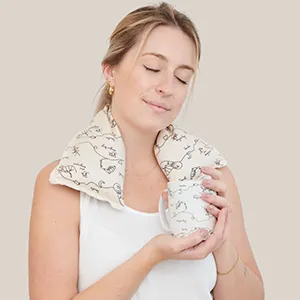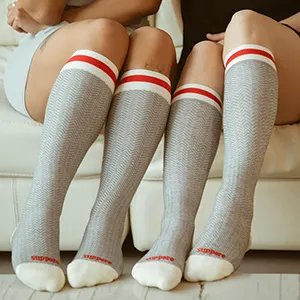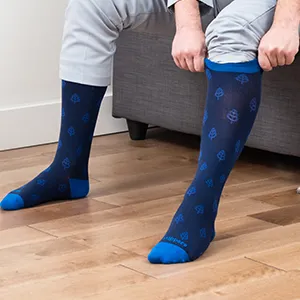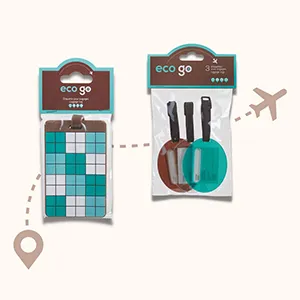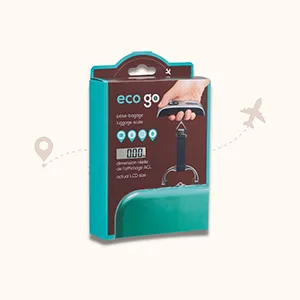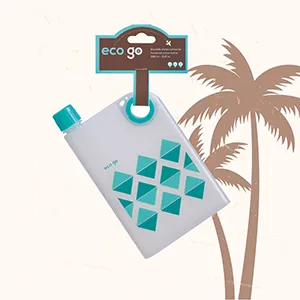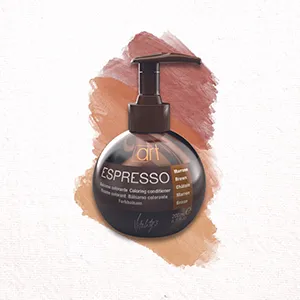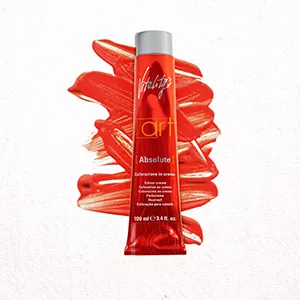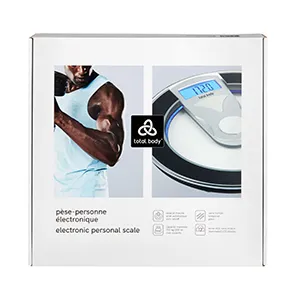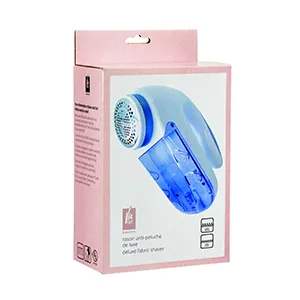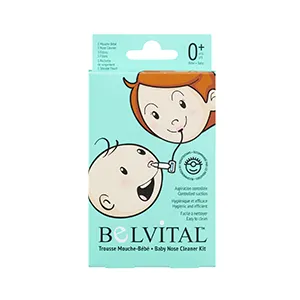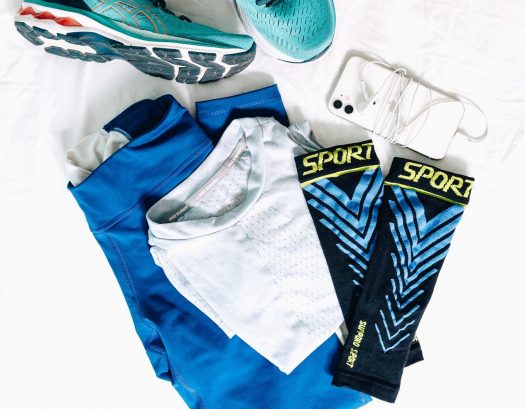August 9, 2021 A Beginner’s Guide to Compression Socks

Have you ever wondered about compression socks? What exactly do they do and why would you need them? Are they just for people with medical issues or older people with poor blood circulation? How should you wear them and for how long? What benefits do they bring to pregnant women? And athletes? There are so many questions about compression socks. Luckily, we have the answers! Think of this as Compression Socks 101 where we demystify these often-misunderstood items. Read on and discover the who, what, where, when, how, and why of compression stockings.

What are compression socks?
First, let’s start off with the basics. Compression socks and stockings are designed to improve leg health. They do this by applying gentle pressure to your lower legs and ankles. This gentle pressure, known as compression therapy, helps to promote blood flow from your legs to your heart. Basically, the applied pressure is snuggest at the ankle and tapers off toward the top of the sock. This helps blood and fluids circulate with more ease in the legs, prevents swelling, and reduces pain.
Compression socks and stockings come in a variety of styles:
- Knee-high socks (most popular)
- Thigh-high hose (dress and post-operative wear)
- Tights (popular with pregnant women and airline crews)
Furthermore, compression socks and stockings offer different levels of compression. Compression is measured in millimetres of mercury (mmHG). To know what level is right for you, keep reading.

Why wear compression socks?
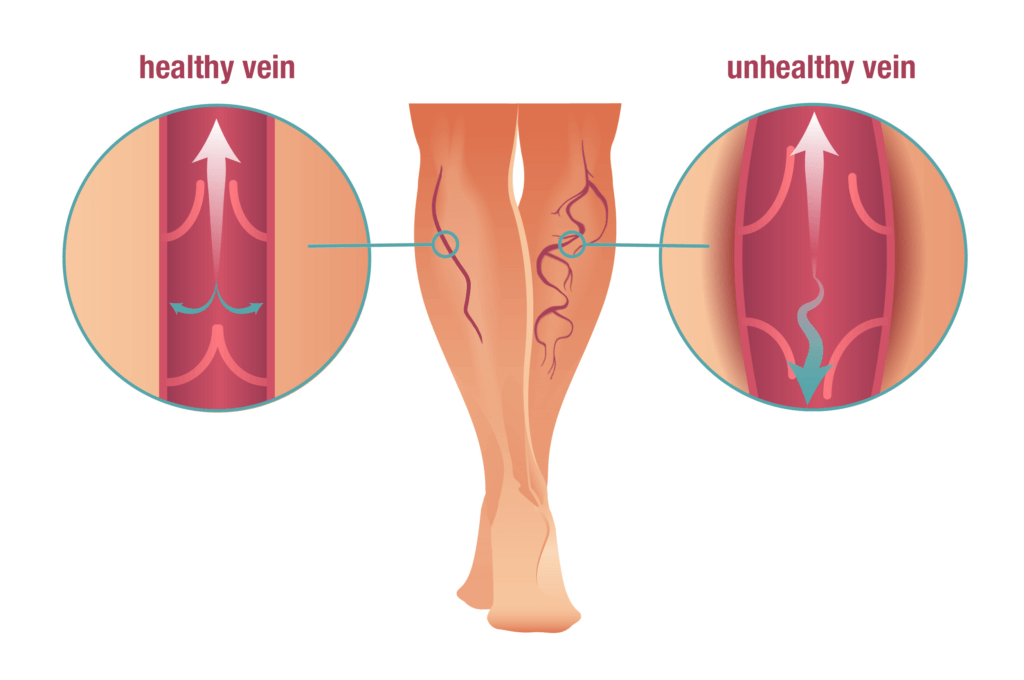
Compression socks provide a wide range of benefits for leg health, regardless of your age. Basically, by applying gentle pressure to the legs, they improve the work of veins and help blood flow back to the heart. As such, they help blood vessels work better, prevent swelling, and reduce pain. This in turn promotes better blood circulation: blood flows more freely and the arteries, which carry oxygen-rich blood to the muscles, can relax. And this helps prevent blood from refluxing down toward the feet or clotting.
In a nutshell, compression socks:
- Promote venous return
- Decrease venous pressure
- Help prevent blood pooling in the legs
- Prevent damage to the vein wall
In addition to improving blood flow, they reduce discomfort from heavy legs, edema (swelling), varicose veins, and other disorders. Most often, they are prescribed for venous insufficiency, to improve leg health, and reduce the look of varicose veins. Many athletes also wear compression socks to aid performance and recovery. In addition, maternity compression socks provide numerous benefits to expectant mothers.

Who should wear compression socks?
![]()
Wondering if compression socks are right for you? Typically, your physician may recommend compression socks for the following:
- If you work sitting or standing for long periods of time and have leg pain or swelling. Compression socks (<20 mmHG) can help minimize swelling and reduce pain in the legs.
- If you will plan to travel by air, compression socks (<20 mmHG) offer preventive or therapeutic support. They can reduce the risk of thromboembolism (due to prolonged sitting), leg pain, and swelling of ankles and feet.
- If you are pregnant, maternity compression socks (<20 mmHG) offer numerous benefits. These include reducing swelling, fatigue, pain, varicose veins, and more. Read all the benefits of maternity compression socks here.
- If you are an athlete or marathon runner, compression socks (<20 mmHG) can help improve performance, reduce the effects of fatigue, cramps, and heavy legs. They can also improve recovery, control micro lesions during exercise, and reduce the risk of injury.
- If you have varicose veins or spider veins, wearing compression socks can help reduce the appearance and prevent new ones from appearing. It takes only five days of consistent wear for visible results!
- If you suffer or are at risk of chronic venous disease, phlebitis, thrombosis, sclerotherapy, compression socks (> 20 mmHG) can offer preventive or therapeutic support. Always consult your physician if you have any medical issues.

When should you wear compression socks?
Some people may only wear compression socks for specific activities (e.g., sports, fitness activities) or if they will be on their feet for a long time (e.g., pregnant women who have minimal swelling). You should slip them on first thing in the morning as swelling is usually less severe. And it is easier to prevent swelling then to try and reverse it. Plus, getting compression socks on over already swollen legs can be tricky. You should only wear the socks as long as they are comfortable. But remember, there is no need to wear them while you are lying down or sleeping. As your legs and feet are at the same level as the rest of your body, your blood circulation is not affected by gravity.

How to put on and take off compression socks?
Putting on and taking off compression socks can be a bit tricky the first time you wear them. But it’s not rocket science and you’ll get the hang of it in no time. First, you want to make sure you buy the right size so measuring your legs properly is key. You should always measure legs in the morning when swelling is minimal. And remember to always follow the manufacturer’s size chart. If you are between sizes, sizing up is recommended.
When putting on compression socks, avoid wearing jewelery or a watch and beware of long fingernails!
Put compression socks on over clean, dry skin and follow these steps:

- Slide your hand inside the sock and grab the heel.
- Partially turn the sock inside out.
- Place the foot inside the sock and, using two hands, slide the sock up to the heel.
- Make sure the heel is well positioned.
- Pull the sock up until it is well in place (be sure to leave about two fingers of space from the bend of the knee to avoid creating a tourniquet effect).
And to take them off:
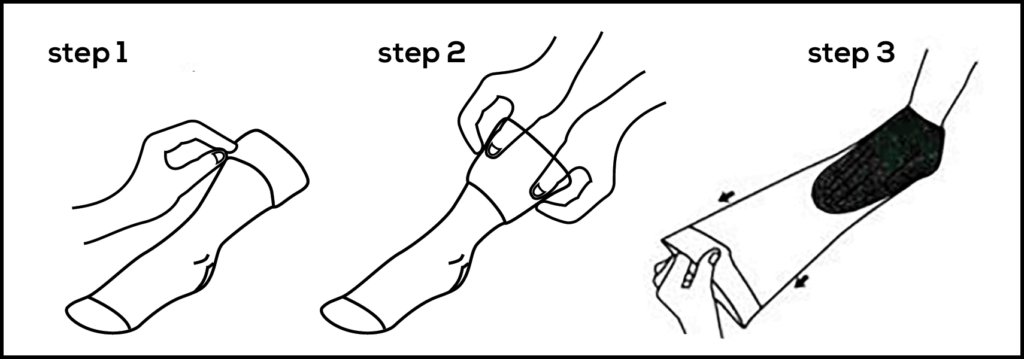
- Pull the top of the sock and turn it inside out by gently pulling it toward the ankle.
- Place the thumb of each hand between the sock and your leg and slide the sock down toward the toes.
- Gently pull on the sock to remove it completely from the foot.

Where can you buy compression socks?
Compression socks come in a variety of styles and compression levels. Based on your needs, most socks like our Supporo socks can be purchased online or at your local pharmacy. Your pharmacist can advise you on which model will best suits your needs. For more serious medical conditions, always consult your doctor before wearing compression socks. And some medical grade compression socks require a prescription from your doctor.
Compression socks and stockings offer numerous leg health benefits for a variety of issues: from varicose veins to swelling to post-workout recovery to pregnancy-related aches and pains. Always make sure you buy the right size and that the fit is comfortable. But remember, when you wear them for the first time it is normal to feel slight discomfort because of the snugness of the fabric. And always follow the recommended care instructions to ensure you protect the fabric and the fit.
Shop our wide range of stylish compression socks today and start experiencing the benefits for yourself!
